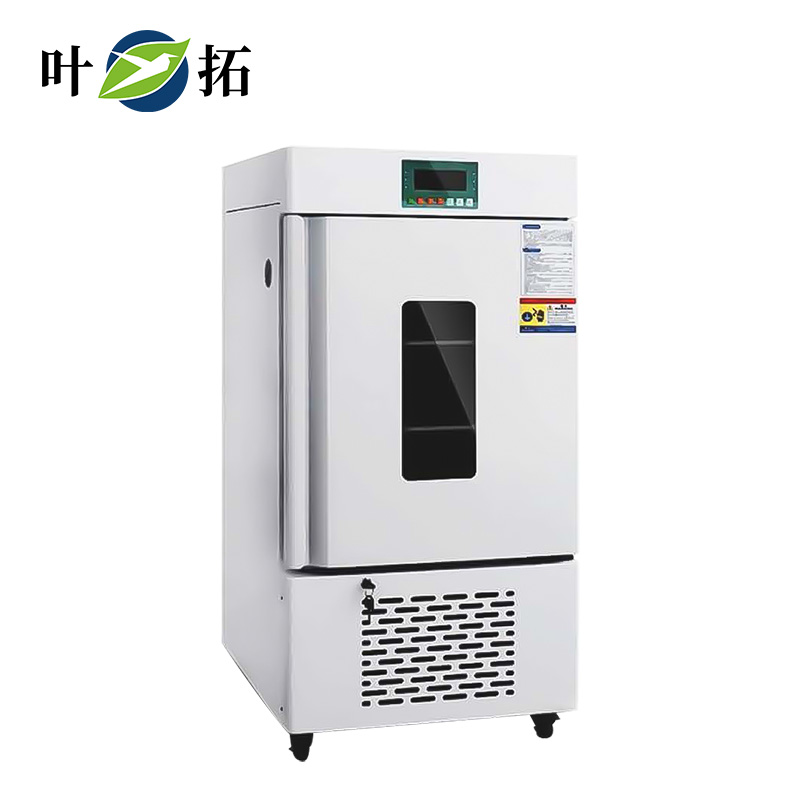Shanghai Yetuo incubators can be divided into microbial incubators, light incubators, constant temperature incubators, mold incubators, etc. based on their characteristics.
Below are the characteristics of various incubators
The Shanghai Yetuo Microbial Incubator has two types of microorganisms, aerobic and anaerobic, depending on the type of microorganisms being cultured.
The Shanghai Yetuo light incubator is mainly used for plant cultivation.
The Shanghai Yetuo constant temperature incubator is divided into two types: separated water electric constant temperature incubator and electric constant temperature incubator. The former can maintain a good constant temperature even when the water jacket is powered off, and adopts two temperature control methods: microcomputer intelligent temperature controller and bimetallic regulator. Temperature control range: Room temperature 5 ℃ -60 ℃, can only stabilize the temperature above room temperature, without refrigeration.
The Shanghai Yetuo mold incubator has dual standard cold and hot temperature control. In summer, when the room temperature is above 30 ℃, in order to ensure that the mold is suitable for growth, it needs to be cooled and the temperature lowered. In winter, when the room temperature is below 10 ℃, in order to ensure that the mold is suitable for growth, it needs to be heated and the temperature raised. So mold incubators and constant temperature incubators with similar volumes are more expensive.
The Shanghai Yetuo Biochemical Incubator is widely used for the cultivation and preservation of bacteria, fungi, microorganisms, and tissue cells, as well as water quality analysis and BOD testing. It is suitable for breeding experiments and plant cultivation. It is an important experimental equipment for research institutions, colleges, production units or departmental laboratories in the fields of biology, genetic engineering, medicine, health and epidemic prevention, environmental protection, agriculture, forestry and animal husbandry.
The main categories of Shanghai Yetuo incubators are as follows, each with its own characteristics and performance, which need to be applied according to specific environments.


 Alibaba Store
Alibaba Store Tmall Store
Tmall Store Jingdong Sstore
Jingdong Sstore







